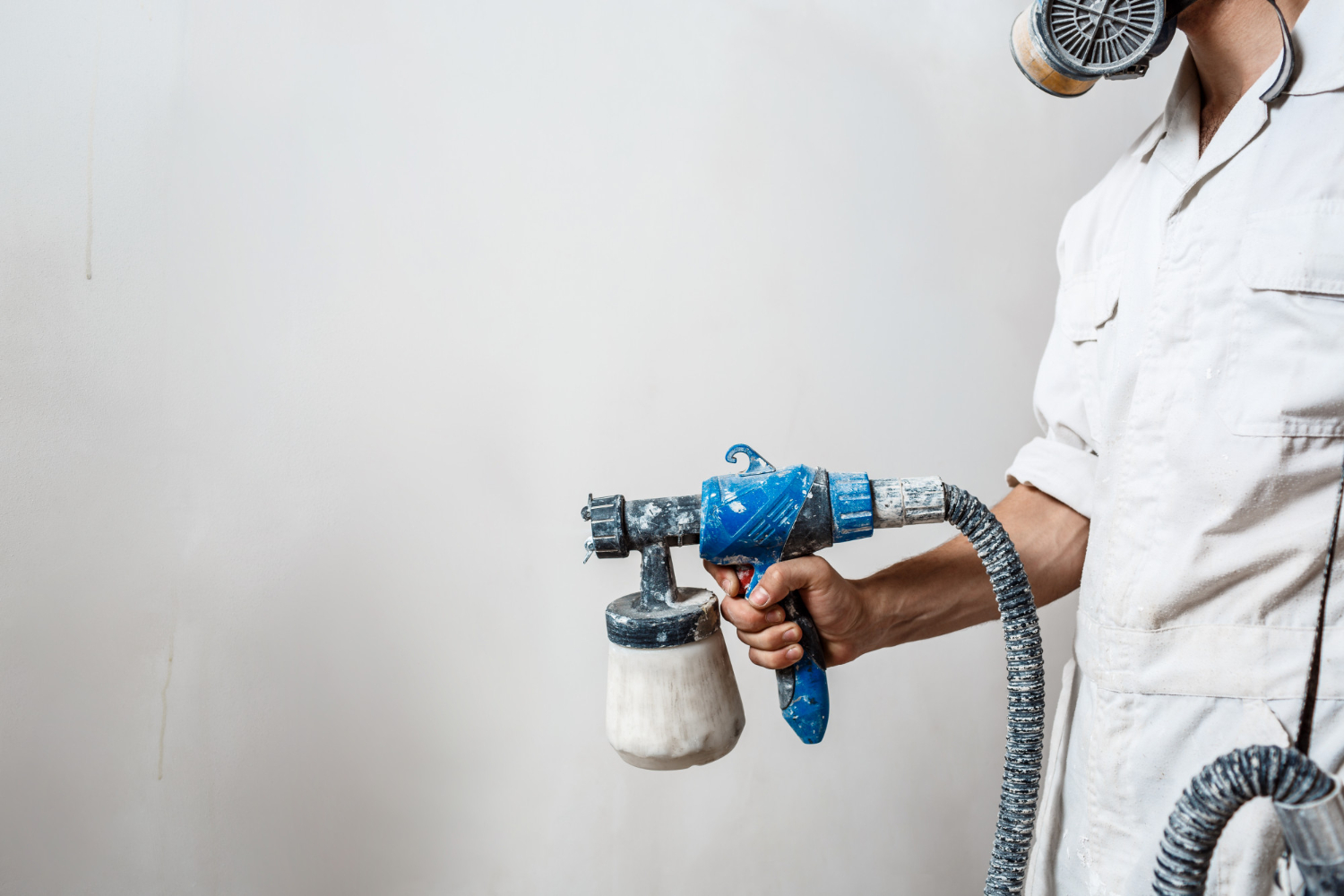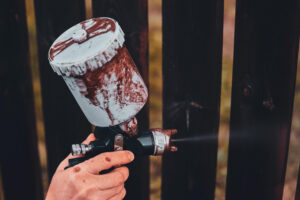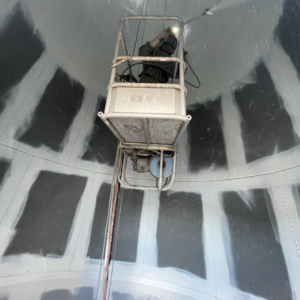
Painting a commercial office might seem straightforward, but there are many mistakes that can turn the job into a disaster. From prepping the surface to choosing the right paint, each step is crucial. Skipping any of these can lead to poor results, wasted time, and added costs.
By being aware of these common pitfalls and knowing how to avoid them, you can ensure a smooth and successful painting project for your commercial office.
Skipping Proper Surface Preparation
One of the biggest mistakes in painting is forgetting to prepare the surface. Cleaning and sanding are crucial steps that shouldn’t be skipped. Dirt, dust, and grease can make paint not stick well. Rough surfaces mean the paint can peel off more easily. If the surface isn’t smooth, the final results won’t look good.
Importance of Cleaning and Sanding
Proper cleaning removes dirt and grime. Sanding makes the surface smooth for the paint to adhere better. These steps ensure the paint lasts longer and looks good. Without them, the paint job will likely fail.
Potential Issues with Peeling and Cracking
Skipping surface preparation can lead to peeling and cracking. Paint can start to come off in sheets. Cracks can appear and make the surface look bad. This can happen sooner if the surface wasn’t prepped properly.
Tips for Effective Surface Preparation
1. Clean the Surface: Use soap and water to wash walls. Make sure to rinse well and let it dry.
2. Sand the Surface: Use sandpaper to smooth out rough spots. This helps paint stick better.
3. Fill Any Holes: Use filler to fix any holes or cracks. Sand the filler smooth once dry.
4. Prime the Surface: Apply a primer to create a uniform base. This is especially important for new or repaired surfaces.
Taking these steps ensures the paint goes on smoothly and stays put. Good preparation is key to a lasting paint job.
Choosing the Wrong Paint Type
Another common mistake is choosing the wrong paint type. Not all paint is the same. Different types work better in different settings. Using the wrong paint can lead to many problems, including poor adhesion and quick wear.
Key Differences Between Paint Types (Latex, Oil-Based, etc.)
Latex Paint: This is water-based and easy to clean. It dries quickly and has fewer fumes. Latex is good for most interior surfaces.
Oil-Based Paint: This type is durable and has a shiny finish. It takes longer to dry and needs mineral spirits for cleaning. Oil-based paint is great for high-traffic areas but can be smelly.
How to Match Paint Type to Office Needs
Choose latex paint for most office settings. It’s easy to apply and clean. If the space has a lot of wear and tear, oil-based paint might be better. Think about where the paint is going. High-traffic areas need more durable paint.
Consequences of Using Inappropriate Paint
Using the wrong paint can lead to various issues. If you pick a paint that’s not durable, it can wear away fast. In humid areas, the wrong paint can peel or bubble. Latex paint in high-traffic areas might not last long. Oil-based paint in low-traffic areas can be overkill and smelly.
Selecting the right paint type means thinking about your specific office needs. It ensures the paint job lasts and looks good for years.
Neglecting to Test Paint Colors
A big mistake in painting offices is not testing paint colors first. What looks good on a small paint chip might not look the same on a large wall. Testing is a simple step but saves many headaches.
Reasons to Test Paint Samples
Colors can appear different based on lighting and the size of the painted area. A color that looks perfect in the store can look totally different in your office. By testing paint samples, you can see exactly how the color will look on your walls.
How Lighting Affects Paint Color
Lighting plays a huge role in how paint colors appear. Natural light, fluorescent lights, and LED lights can all make the same color look different. A color might look bright and cheerful in natural light but appear dull under artificial lights.
Tips for Testing and Choosing the Right Color
1. Get Sample Pots: Purchase small pots of different colors you like.
2. Paint Large Swatches: Apply these colors to large sections of your office walls.
3. View in Different Lighting: Look at the colors at different times of the day to see how lighting affects them.
4. Live With It: Spend a few days with the colors on the walls to decide which one you like best.
Taking the time to test paint colors ensures you pick the right shade, making your office look its best.
Ignoring Safety Measures
Lastly, ignoring safety measures during a painting project can cause major problems. It’s important to keep everyone safe and follow the right steps.
Importance of Ventilation and Proper Gear
Good ventilation keeps the air clean while painting. Paint fumes can be harmful, so make sure there is enough fresh air. Using proper safety gear like masks and gloves also protects the painters from harm.
Common Safety Risks in Commercial Painting
Some risks include inhaling fumes, getting paint in eyes, and slips and falls. Using ladders without following safety rules is also dangerous. Knowing these risks helps you prevent accidents.
Best Practices for Maintaining a Safe Painting Environment
1. Ensure Good Ventilation: Open windows and use fans to keep air flowing.
2. Wear Protective Gear: Use masks, gloves, and safety glasses.
3. Secure Ladders Properly: Make sure ladders are stable and used safely.
4. Keep Area Clean: Clean spills immediately and keep the work area organized to prevent slips and trips.
By following these safety practices, you protect everyone involved and make the painting process smoother.
Conclusion
Painting a commercial office involves many details that can’t be overlooked. From preparing the surface to choosing the right paint and testing colors, each step is vital. Neglecting these can lead to poor results and added costs. Taking the time to get things right ensures a long-lasting and beautiful finish.
Remember, proper surface preparation is crucial to avoid peeling and cracking. Choosing the right type of paint makes sure it stands up to daily office wear and tear. Testing paint colors prevents unpleasant surprises. Most importantly, following safety measures keeps everyone safe and healthy.
Ready to transform your commercial office? Contact Procoat Painting Inc. today for experienced and professional commercial painting services. Let us help you make your office look its best!




